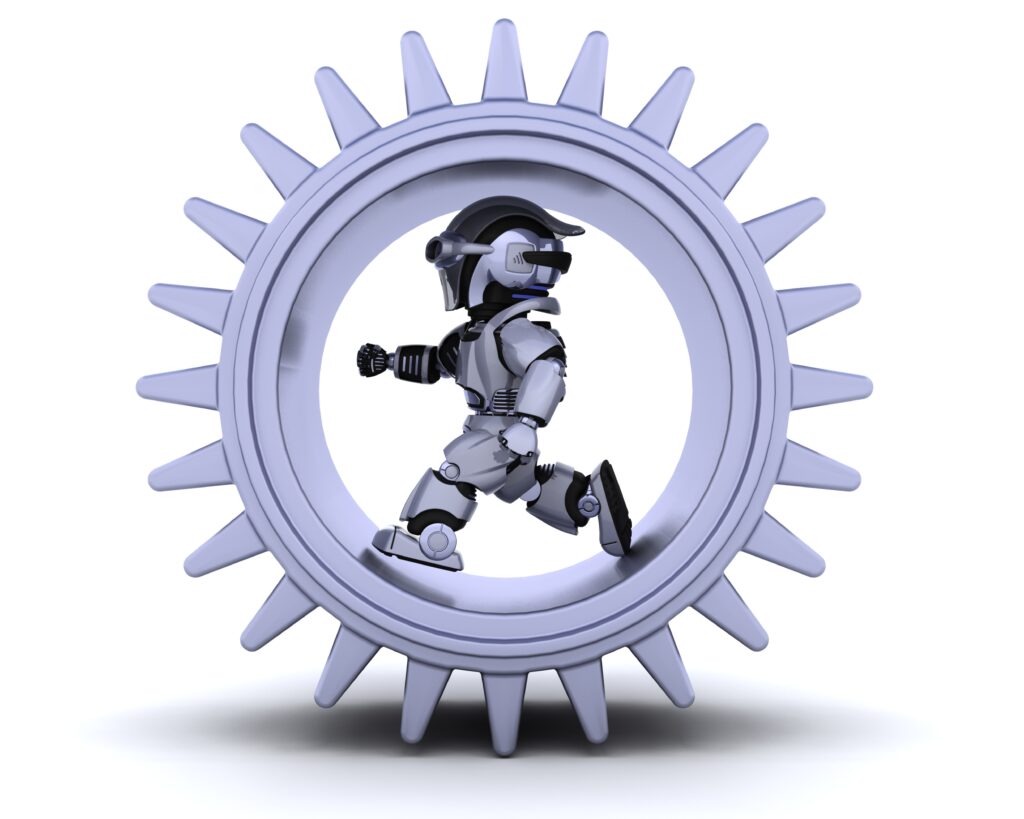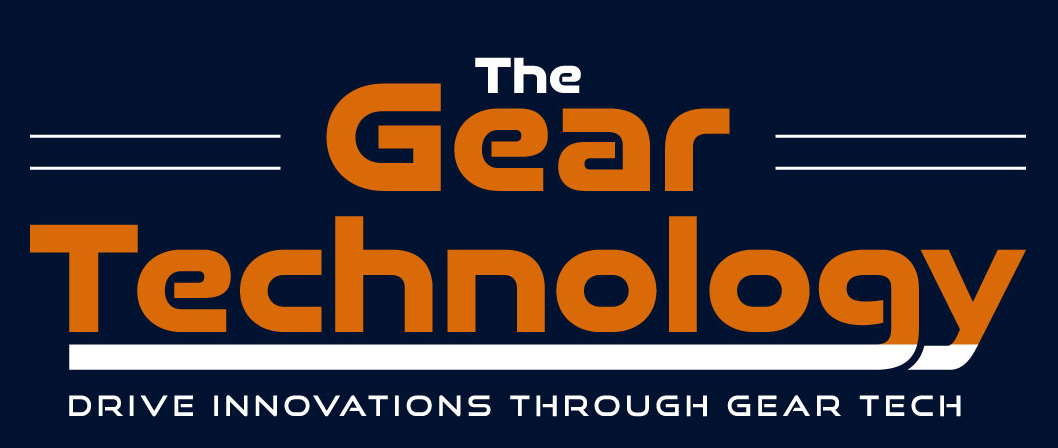Advanced Gear Systems for Spacecraft and Space Exploration
Gear Technology in Space Exploration The Challenges of Space Space presents a hostile environment for gear systems. These systems must operate flawlessly under extreme conditions to ensure the success of space missions. Engineers must overcome several critical barriers to ensure system performance. Factors such as exposure to radiation, temperature fluctuations, vacuum environments, and intense vibration […]

Gear Technology in Space Exploration
The Challenges of Space
Space presents a hostile environment for gear systems. These systems must operate flawlessly under extreme conditions to ensure the success of space missions. Engineers must overcome several critical barriers to ensure system performance.
Factors such as exposure to radiation, temperature fluctuations, vacuum environments, and intense vibration during launch can impact the reliability and efficiency of gear mechanisms. advanced materials in space exploration depends heavily on advanced materials, vacuum lubrication methods, and robust structural design.
Without these solutions, mechanical systems would quickly fail. Therefore, designing radiation-resistant gears, incorporating vacuum environment gear solutions, and selecting space-grade materials are essential for mission-critical functionality.
Extreme Temperatures
Gears in Space: Engineering Precision in the Harshest Environment

Gears Must Withstand Harsh Space Conditions
In the vacuum of space, engineering challenges multiply. Unlike Earth-based machinery, spacecraft gears operate in extreme temperatures, endure constant radiation, and face the absence of air and pressure. Every design decision must account for performance in a domain where failure is not an option.
Radiation Exposure
Spacecraft are exposed to high-energy particles from solar winds and cosmic rays. Over time, these radiation levels can alter the physical and chemical properties of gear materials—leading to brittleness, swelling, or cracking. Engineers counteract this by using radiation-hardened materials such as specific titanium or stainless-steel alloys. These not only retain mechanical properties under radiation but also maintain dimensional stability over extended missions.
Vacuum Environment
In the vacuum of space, traditional oil- or grease-based lubricants can vaporize, becoming ineffective or contaminating sensitive components. To solve this, engineers use solid lubricants like molybdenum disulfide (MoS₂) or rely on self-lubricating materials such as PTFE composites and ceramic coatings. These alternatives reduce friction and wear without relying on fluids, ensuring longevity in orbit.
Vibration and Shock Loads
From the violent forces of rocket launch to micro-meteoroid impacts in orbit, spacecraft gears must survive sudden, intense mechanical shocks. These conditions demand gear systems that offer not only high durability but also vibration dampening capabilities. Engineers employ specialized housing, shock-absorbing mounts, and robust gear tooth profiles to ensure that these components can function flawlessly even after enduring brutal conditions.
Advanced Gear Technologies for Space Missions
As space missions grow longer and more complex, Smart Sensors must evolve accordingly. Today’s spacecraft benefit from decades of innovation in materials science, surface treatment, and manufacturing techniques to ensure superior performance with minimum weight.
Solid Lubricants
Solid lubricants like MoS₂ and graphite form a dry, durable film on gear surfaces. These coatings reduce friction and wear without evaporating in vacuum. They also offer consistent performance across a broad temperature range, making them a preferred choice for gear systems in satellites, space probes, and planetary rovers.
Advanced Materials
Space-grade gears must combine strength, wear resistance, and low weight. Titanium alloys, carbon composites, and high-strength aluminum variants are commonly used. These materials allow for high torque transmission without adding unnecessary mass to the spacecraft—a critical factor when launch costs are calculated per kilogram.
Ceramic Gears
Silicon nitride and other advanced ceramics offer a unique combination of hardness, thermal stability, and resistance to radiation. Though more brittle than metals, ceramics can perform in high-temperature, low-lubrication conditions, making them ideal for applications where longevity is crucial, such as telescope positioning systems or cryogenic instrument drives.
3D Printing and Additive Manufacturing
The advent of additive manufacturing has revolutionized how gears are made for space. Complex geometries, internal cooling channels, and optimized lattice structures can now be printed in one piece. This reduces weight, improves heat dissipation, and enhances overall mechanical performance, while also lowering 3D Printing in Space lead times and costs.
Real-World Applications and Case Studies
Several space missions have demonstrated the real-world effectiveness of advanced gear technologies. These case studies highlight how thoughtful engineering enables reliable operations in the most hostile environments.
NASA’s Curiosity Rover
Operating since 2012 on the Martian surface, Curiosity relies on robust gear assemblies for its wheels, robotic arm, and sample collection tools. These gears withstand frequent dust storms, cold nights, and significant mechanical loads—all without maintenance, showcasing the importance of precise engineering.
ESA’s Rosetta Mission
When the Philae lander touched down on Comet 67P, its gear-controlled descent system ensured controlled movement despite the comet’s unpredictable surface. The gear mechanisms had to endure freezing temperatures, variable gravity, and a rough landing. Their performance validated the use of compact, high-torque gear systems in autonomous space vehicles.
Hubble Space Telescope
Over decades of service, the Hubble telescope has relied on gear mechanisms to adjust solar panels, reposition instruments, and manage its attitude control systems. These assemblies have functioned flawlessly in zero-gravity while enduring constant radiation bombardment, proving the durability of well-designed gear systems.
Critical Applications of Gear Systems in Spacecraft
Gears are not just components—they are mission-critical systems. From power generation to scientific exploration, gear systems make countless operations in space possible.
Solar Array Drives
Precision gearboxes are used to rotate solar panels, aligning them with the sun to maximize energy intake. These drives must be both accurate and highly reliable, as any malfunction could compromise a satellite’s power system entirely.
Antenna Pointing Mechanisms
Satellites must maintain constant communication with Earth. Gears in antenna pointing systems allow fine adjustments in orientation to ensure uninterrupted data transfer. Redundancy and reliability are paramount here to prevent communication loss during deep-space missions.
Robotic Arms and Manipulators
Whether servicing a satellite or collecting samples from an asteroid, robotic manipulators rely on geared joints for movement. These joints must function precisely in microgravity, offering both flexibility and strength, often with remote or autonomous control.
Planetary Landing Gear
Controlled gear assemblies in landers manage leg extension, shock absorption, and deployment mechanisms. These systems are vital for ensuring a soft, stable touchdown on moons, planets, or comets where terrain unpredictability is a serious concern.
Design Considerations for Space-Grade Gears
Designing gears for use in space requires a multi-disciplinary approach, combining material science, thermodynamics, mechanical engineering, and more.
Material Selection
Choosing the right gear material is foundational. It must resist not only temperature extremes and radiation but also outgassing and corrosion. Titanium, Inconel, and high-strength stainless steels are frequent choices due to their mechanical resilience and thermal stability.
Lubrication Alternatives
Because liquid lubricants fail in space, engineers use alternatives like sputtered solid films (e.g., gold or silver coatings) and bonded dry lubricants. These methods offer the necessary friction reduction while remaining stable in vacuum environments.
Thermal Management
Gears expand or contract with temperature changes. To prevent failure, designers use expansion joints, thermal insulating coatings, or active heating elements. Some systems are also designed with thermal reservoirs or heat sinks to manage the extreme temperature shifts in orbit or on planetary surfaces.
Future Directions in Space Gear Technology
As humanity ventures further into deep space and establishes permanent habitats, gear systems will evolve to meet new demands. Next-generation technologies will bring higher intelligence, reduced mass, and broader applicability.
Smart and Autonomous Gear Systems
By integrating sensors into gearboxes, engineers can enable real-time monitoring of vibration, load, and temperature. Combined with onboard AI diagnostics, these smart systems will alert controllers to issues or even self-adjust to compensate for wear and tear.
Lightweight and Modular Design
Future missions will demand ultralight yet robust mechanical systems. Modular gear designs will allow for easier assembly, transport, and maintenance, especially on long missions to the Moon, Mars, or beyond. Lightweight does not mean weak—these systems will need to balance mass reduction with structural integrity.
Wider Deployment Across Missions
With decreasing launch costs and the rise of commercial space activity, gear-driven mechanisms will be used in more spacecraft than ever. From large-scale orbital habitats to cube satellites and deep-space probes, the need for advanced, space-ready gear systems will only increase.
The Unsung Heroes of Space Engineering
Gears may be unseen, but their contribution is vital. As we expand into space, gear systems will drive our machinery, support our instruments, and help us reach new frontiers.

